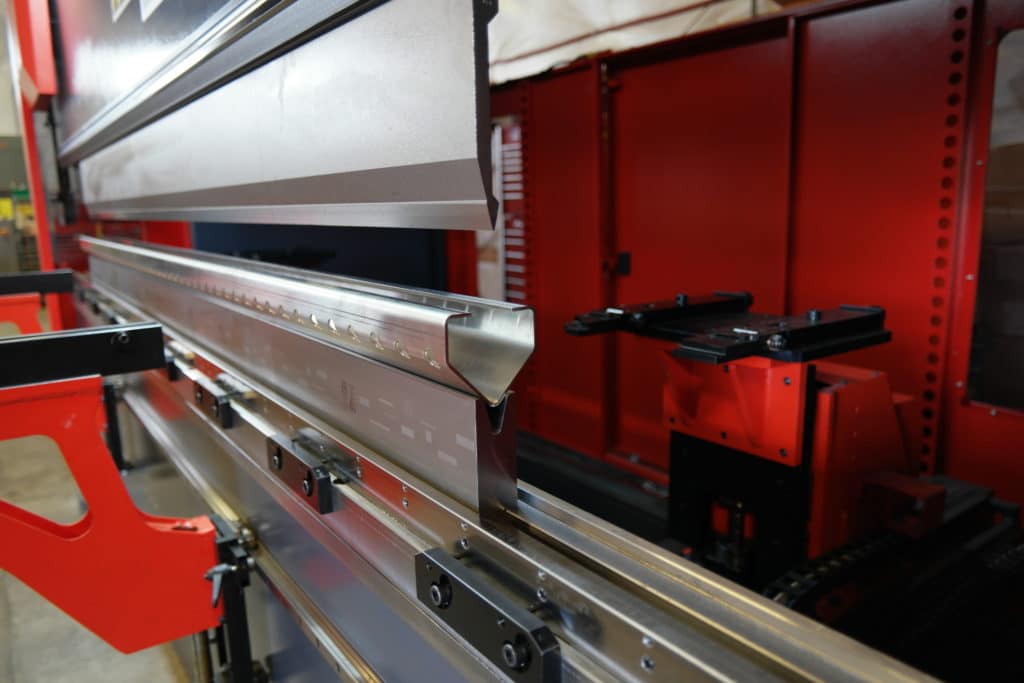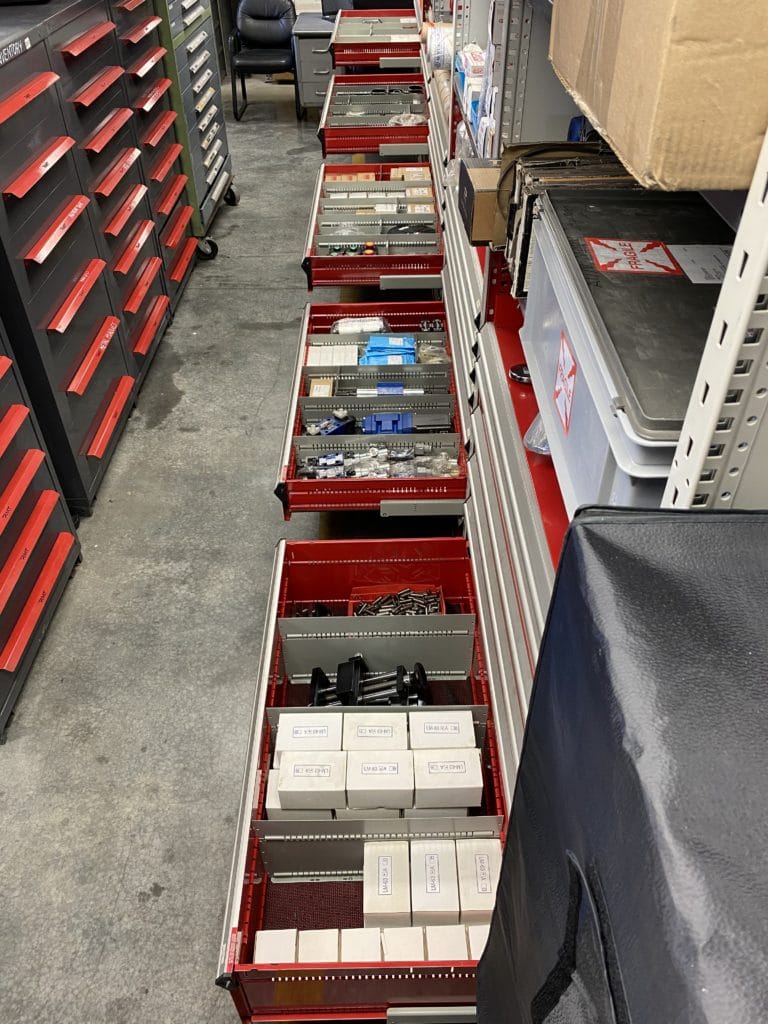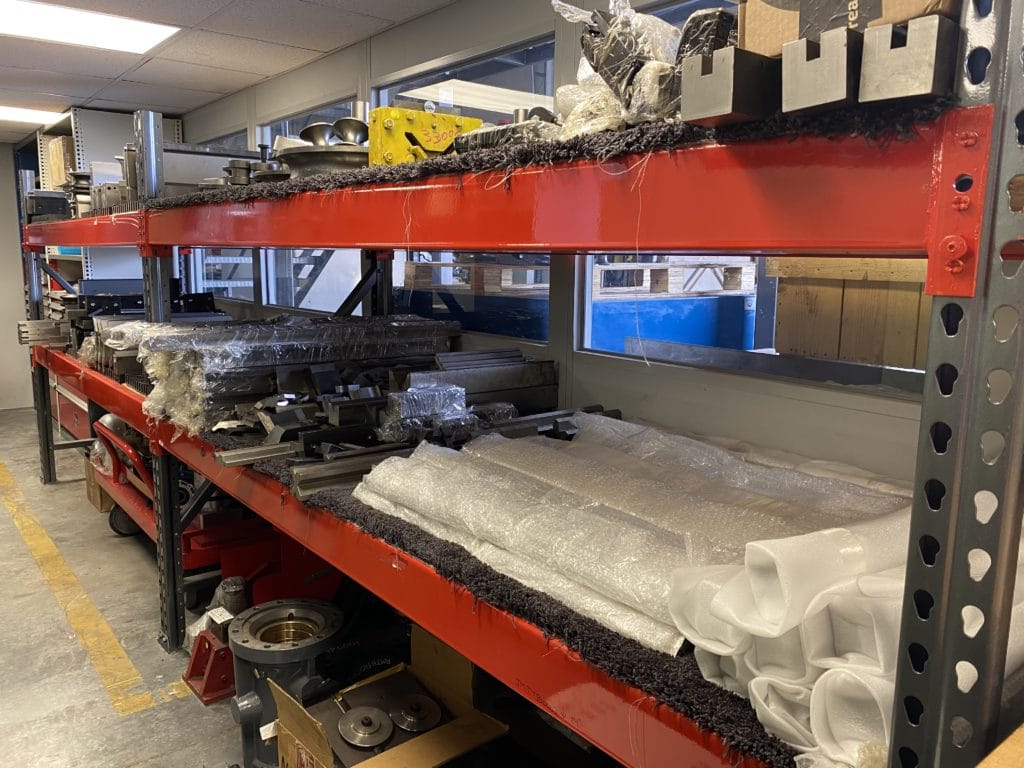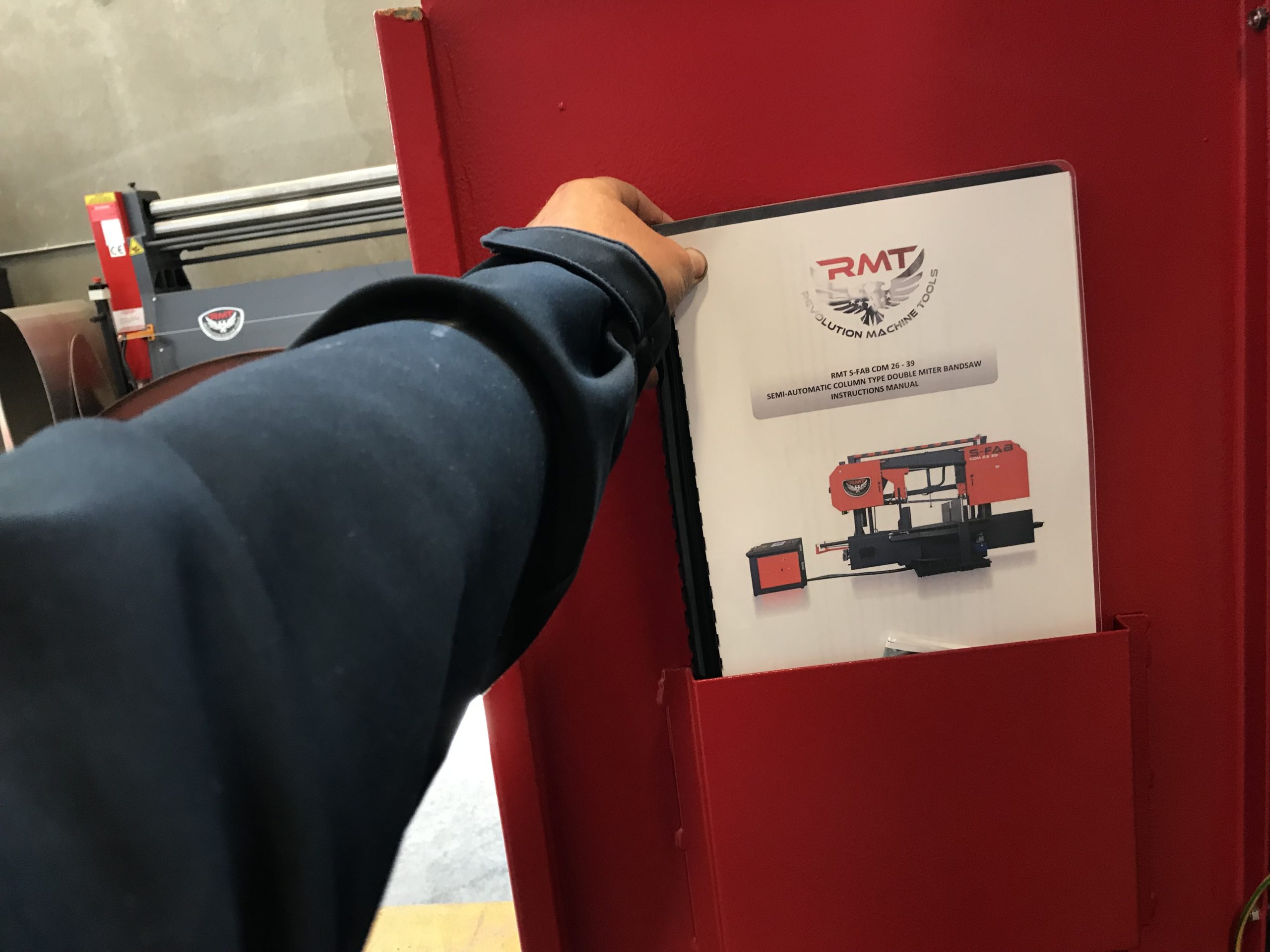Plan Ahead for Problems
In an attempt to keep management and staff always positive in their outlook, top-level leaders in a company may sometimes downplay serious concerns that are statistically probable in a given industry. “Hope for the best, plan for the worst” is a smart strategy in a business that wants to mitigate or completely eliminate potential problems, large and small.
Every company is different, but the following are a sampling of some commonplace issues that can arise in metal fabrication, machining and other metalworking operations. As management and workers alike become aware of what complications to watch out for in their facility—and learn about remedies to avoid or diminish them—their company will be much more likely to be successful.

Material
A variety of metals and metal-based materials are used today in manufacturing, so it is important to select the right type for the job at hand (and the right tools to use on it). The more that shop management and operators know about the properties of different materials, the higher the quality of products can be produced. Having a good, knowledgeable contact at a metal supply house who is willing to take the time to educate and counsel the shop’s buyers is also invaluable.
Work pieces should always be well-organized in the shop environment, sorted by type and size. Even scraps that are used to test or align machines should be kept in a similar orderly fashion. The metal should also be protected from getting scratches and gouges in its surface, not only because of cosmetic concerns, but also because external damage can lead to corrosion.
Shop workers and machine operators should always wear appropriate personal protective equipment (PPE) at all times when they are handling or transporting material. Workers should never rush when working with metal, either in handling it or especially when machining or fabricating it. It takes far less time to do something carefully and correctly once than it does to do it a second time due to rushing and damaging a part—or a person.
Material fixturing should be secure but allow for a fast changeout of parts. The more rigid the fixture, the more precise the finished result. However, investing in quality quick-release work-holding devices can reduce unnecessary loss of time and profitability due to overlong setups.

Metalworking Operation
Having trained personnel is key to a smooth metalworking operation. On-the-job training is fine for some things, but having operators become certified in their specialty will pay for itself over the long term. Every operator should thoroughly study the operations manual for each machine they work with and the instructions for each job should be reviewed carefully by every worker involved in the process. Quality of workmanship in every aspect is critical to avoiding complications later that could easily compound into a rejected part.
Each process must be performed with care and a high attention to detail on the part of all staff and contractors involved. Metal can be distorted in the cutting, fabricating and welding stages, so coordination between all metalworkers is necessary to produce a quality part.
Productivity can be impacted by the rate at which material is removed during cutting and machining processes. The material removal rate (MRR) indicates the amount of material removed per minute (or other time unit). Money can be saved if a higher MRR can be achieved through learning and applying the appropriate tooling, toolpaths, geometries, feeds, cutting speeds and depth of cuts for each process used in the specific material.
How waste is dealt with affects profitability of a metalworking operation as well. In the case of metal scrap, an investment in scrap processing equipment that reduces larger turnings into chips that are then separated from cutting and cooling fluids will yield more easily managed dry chips which are worth more to a scrap dealer. Likewise, energy waste should be alleviated whenever possible by not allowing motors, pumps and other machines to run when they aren’t needed.
Equipment and Tools
Quality of metalworking machinery and tools are just as vital as quality of craftmanship. Technology continues to evolve, so investing when feasible in the latest and greatest equipment can speed production and reduce potential problems, giving a shop a competitive advantage.
Even the best machine on the market, however, won’t do the job right if it isn’t anchored—allowing vibrations to occur—or if its tooling isn’t strong enough, sharp enough or used with the right lubricants and coolants.
Productivity can increase significantly with the use of a CNC machine, but not keeping the control updated—or replaced, when necessary—can result in slower operations and higher maintenance costs.
Selection of the right tooling for each material is essential, since every metal machines differently. Burning up tooling—or the machines themselves—by not understanding how to select tooling properly can be very costly to an operation. Using quick-change tooling can also increase productivity by reducing unneeded delays.

Work Area and Personnel
Cramped spaces are dangerous. Operators and other workers should have enough room to move around the equipment and the processes safely. Obstacles to traffic should be removed and tools and scrap should be moved out of the way. Adequate lighting and proper ventilation are indispensable in any operation.
Distractions should be minimized so that all staff are able to concentrate on their assigned tasks properly. Employees shouldn’t perform critical tasks when they are tired or incapacitated in any way. It’s far better to give an employee a day off than to risk safety or quality. Proper training and incentives can help motivate employees to show up to work refreshed and ready each day.
Metalworking is usually a team effort, so clear communication between all involved parties is imperative at every level of an operation. Missing a serious step because of an assumption that everyone is doing their part can be disastrous. A culture of openness, camaraderie and teamwork will go a long way to avoiding problems in the machining or fabrication process.
Prevention Produces Profits
“An ounce of prevention is worth a pound of cure,” as the old adage goes. Anticipating likely problems and mapping out strategies to deal with them will increase profitability in the long run for any company. The costs of dealing with a disaster are far greater than what it takes to foresee and forestall potential issues.
Metalworking businesses should always identify what their hypothetical future problems might be, listing ways of preventing those difficulties. They should then prioritize the implementation those solutions based on the likely expenditures of time and money that each issue might cost and then systematically deal with each of them, one at a time, continuing to increase the potential profitability of the company with each resolution.







